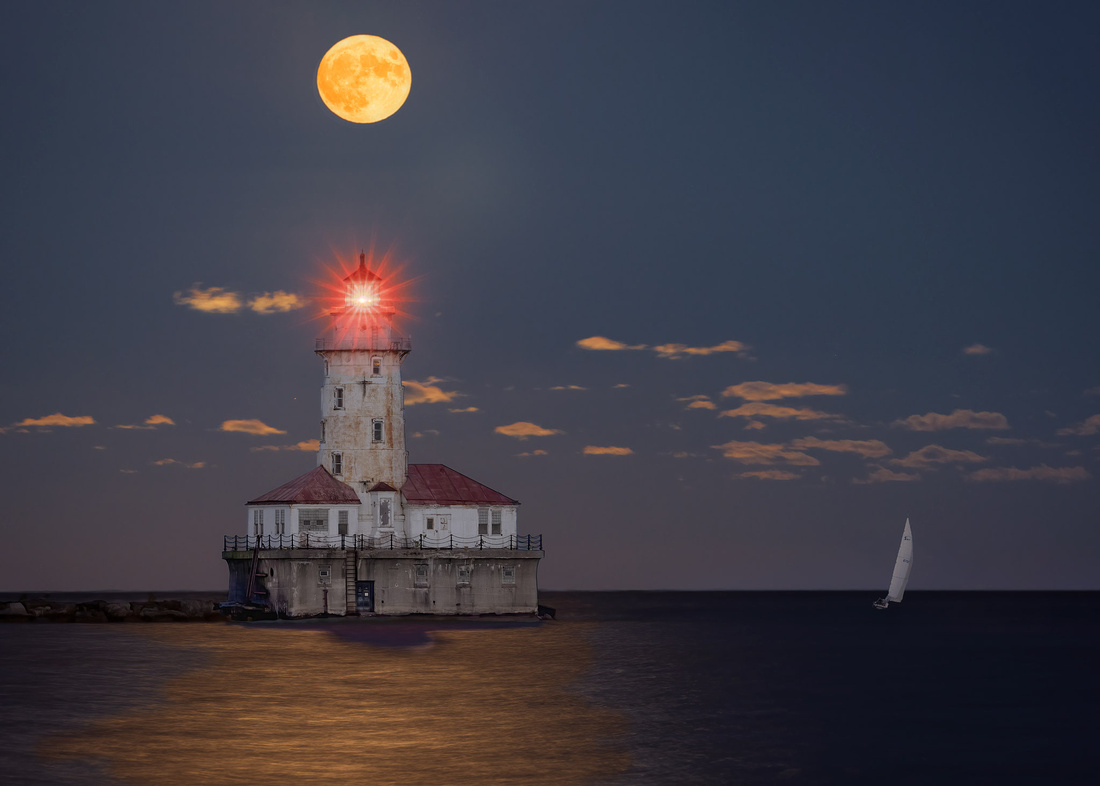A Blue Moon?


Everybody says it. “Once in a blue moon…” But what does it mean? And is the moon actually blue?
It’s no surprise that the moon comes back every month. After all, that’s why it’s called a “moonth.” But the moon’s reliability belies the distinctive nature of each lunar cycle.
Winter moons are high in the sky illuminating freshly fallen snow. Fall moons create shadows from newly bare trees. And summer moons hang low in the sky appearing hazy from humidity.
There are also supermoons and micromoons. A supermoon is when the moon is at perigee, or its closest approach to the earth. Micromoons occur at perigee, when the moon is the furthest from the earth.
A blue moon? The moon orbits the earth every 29.5 days. And an average month is 30.4 days. Most of the time, we have just one full moon a month.
But every few years, a lunar cycle completes and restarts within the span of one calendar month, giving us two full moons. That second full moon in a month is called a blue moon.
A Lunar Spectacular
Last week, from August 30 into August 31, we had a full moon. But it wasn’t just any full moon. It was a full, super, blue moon, the only blue moon of 2023. We won’t see this lunar trifecta again until 2037.
The August 30 supermoon was only 222,043 miles from earth at its closest point. The average distance is 239,000 miles away. So, the moon was 14% bigger to the eye and brighter.
Blue moons aren’t blue. Moonlight is reflected sunlight and it appears white.
This moonrise looked orange, because of particles in the air and humidity. More of the moon’s reflected blue light was absorbed leaving the warm hues coloring it. It’s the same phenomenon that gave us red moons and suns when forest fire smoke blanketed the area.
The Shot
I wasn’t surprised to find a half dozen photographers with telephoto lens setups at Navy Pier in Chicago. A moon carries a lot of visual weight in a photograph. Apps like The Photographer’s Ephemeris make it easy to determine how to line up interesting subjects to complement the moon.
One of my favorite subjects is the Chicago Harbor Lighthouse. I just needed to stand in the middle of the East end of the pier. The moon would do the rest by rising to the left of the lighthouse and then tracking up and over it. Perfect!
The wind was blowing hard, causing my camera to shake despite mounting it on a sturdy tripod. Around two thirds of my frames were ruined by motion blur.
But several frames looked sharp. I combined several exposures to capture the wide range between light and dark. In addition, I had to move the moon slightly down in the frame using Photoshop. It was just too high to fit my 5 by 7 crop.
Thanks for looking,
Chuck Derus